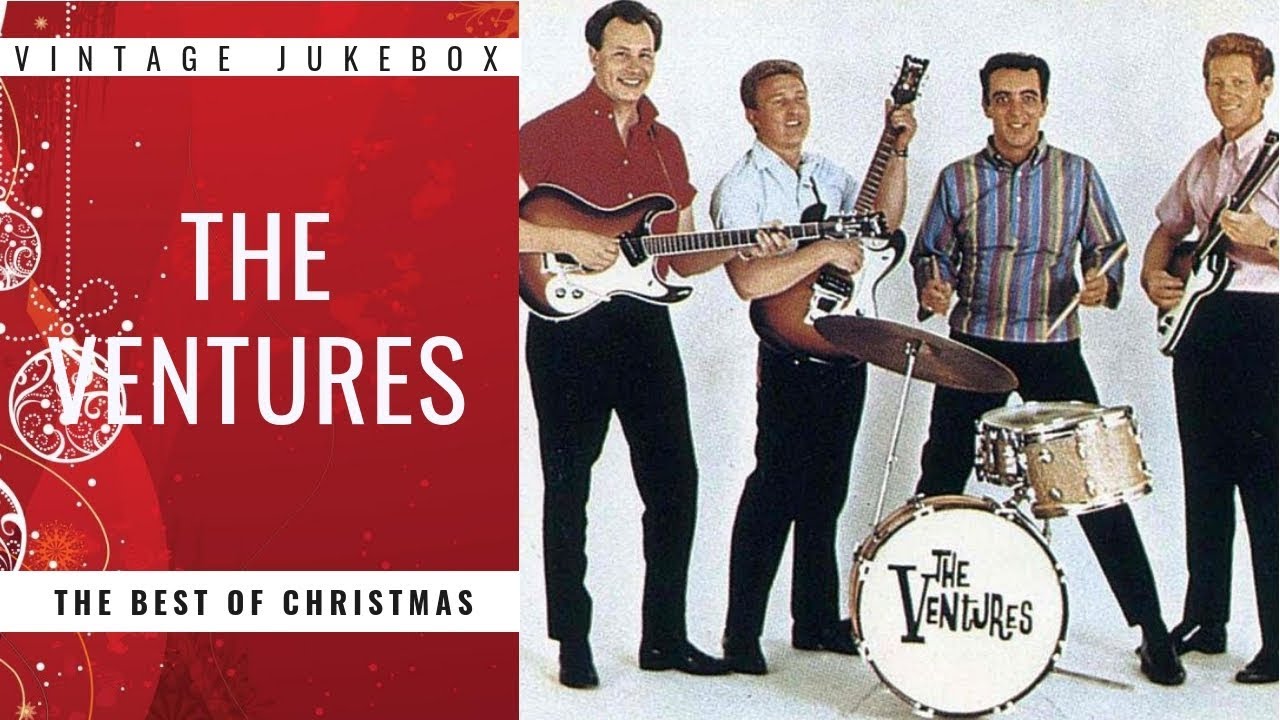Nature abhors a vacuum…
For most organizations, “performance management” process is neither. In recent studies, 58% of executives believed that their current approach does not manage to drive either engagement or performance. Leading-edge organizations have been working to recast the process to one that is “nimbler, real-time, and more individualized—something squarely focused on fueling performance in the future rather than assessing it in the past.” The key to this is… understanding what “good” performance looks like – for ALL. Not just my group, or your group, but some discussion of what partners all agree on…
…drum management…
Like U2, KISS owes its formation to the drummer. George Criscuola was born in Brooklyn in 1945 as the oldest of 5 children to Italian immigrants. Like Paul, he was an art student and loved big band swing music, studying drums under his idol Gene Krupa at the Metropole in NYC. He was in several bands that landed record deals, but they fell apart. He ran this ad in Rolling Stone – the “new” music magazine’s East Coast edition: “EXPD. ROCK & roll drummer looking for orig. grp. doing soft & hard music. Peter, Brooklyn”.
Simmons recalled, “I called the guy on the telephone, and even though he was in the middle of a party, he took my call. I introduced myself and said we were starting a band and that the band was looking for a drummer, and was he willing to do anything to make it? He says that he was, right away.” Simmons describes going to a small Italian Club in Brooklyn to meet the drummer: “The drummer started to sing, and this Wilson Pickett-style voice came out of him. Paul and I said ‘That’s it, that’s our drummer: Peter Criscuola!!” He changed his name to Peter Criss, took the persona of “The Catman” and for the formative years, sat behind an enormous drum kit in their stage show, managing the band through amazing performances with his pounding kickdrum…
… the beat of your Goals…
“They don’t fit” is a place where many performance management discussions start, sadly. If you want to avoid that, start Simply with the positive version of that – what do WE collectively think “good” looks like? A go-to part of my Management Hygiene, it became one of my first exercises with new partners. The discussion is: what are each of the partner’s Goals, and how do you integrate and measure them? I was on a team that was never on time – only I did (stop laughing…) I had to decide, just because I was ‘in charge,” should I demand being timely as a core Goal?.
As you set your Goals for the year, it is also worth considering what frameworks are mounted on the wall. Some are even “required” in those Performance Management forms you also prepare. In one organization, we had something called RAPID – an acronym for … no one really remembered or used consistently. However, my partner on the West Coast did – and actively used them in all performance discussions. Given that head start, I stole them (with my partners‘ blessing) and it accelerated the discussion with my/our team. This is the easy part – now you have to construct management practices to use these in ALL decisions ruthlessly. Like the kick drum, the rhythm always starts with these Goals. Circulate them to partners inside and outside your organization, so they know what type of performance you seek. When you solicit feedback in 12 months, that primes the pump, helping everyone catch your team doing the Actions they saw with the Goals you are now all managing to.
…come best from partners.
Criss co-wrote today’s not-very KISS-like ballad, written before Criss had joined Kiss. He missed his girlfriend, always on a train to New York City from New Jersey for band practice. That band never recorded it, so Peter did with KISS…Can you imagine the first time Peter played for his partners? It was a Top 10 hit on the U.S. Billboard Hot 100 chart, peaking at No. 7 in 1976. The song remains the highest-charting song for Kiss in the United States and it earned them a People’s Choice Award for “Young People’s Favorite New Song” in 1977, tied with “Disco Duck“…meeting the band’s definition of “success,” and performance… even if it was not “on-brand.”
Your most important partner, I find over and over in my coaching work, is usually closer than you think. And most often, from a direction that few consider. I cannot tell you how often leaders say “… wow, that is exactly what my partner has been telling me…”. Duh. If you have the right one, they know you better than most, are looking out for your best interest, and really just want to see you succeed. Assuming you have had that discussion with them, or yourself even 😉 My best partner’s full name – not the longer version – just these four letters that are still precious after all the ins and outs of our crazy performance together – Beth.




